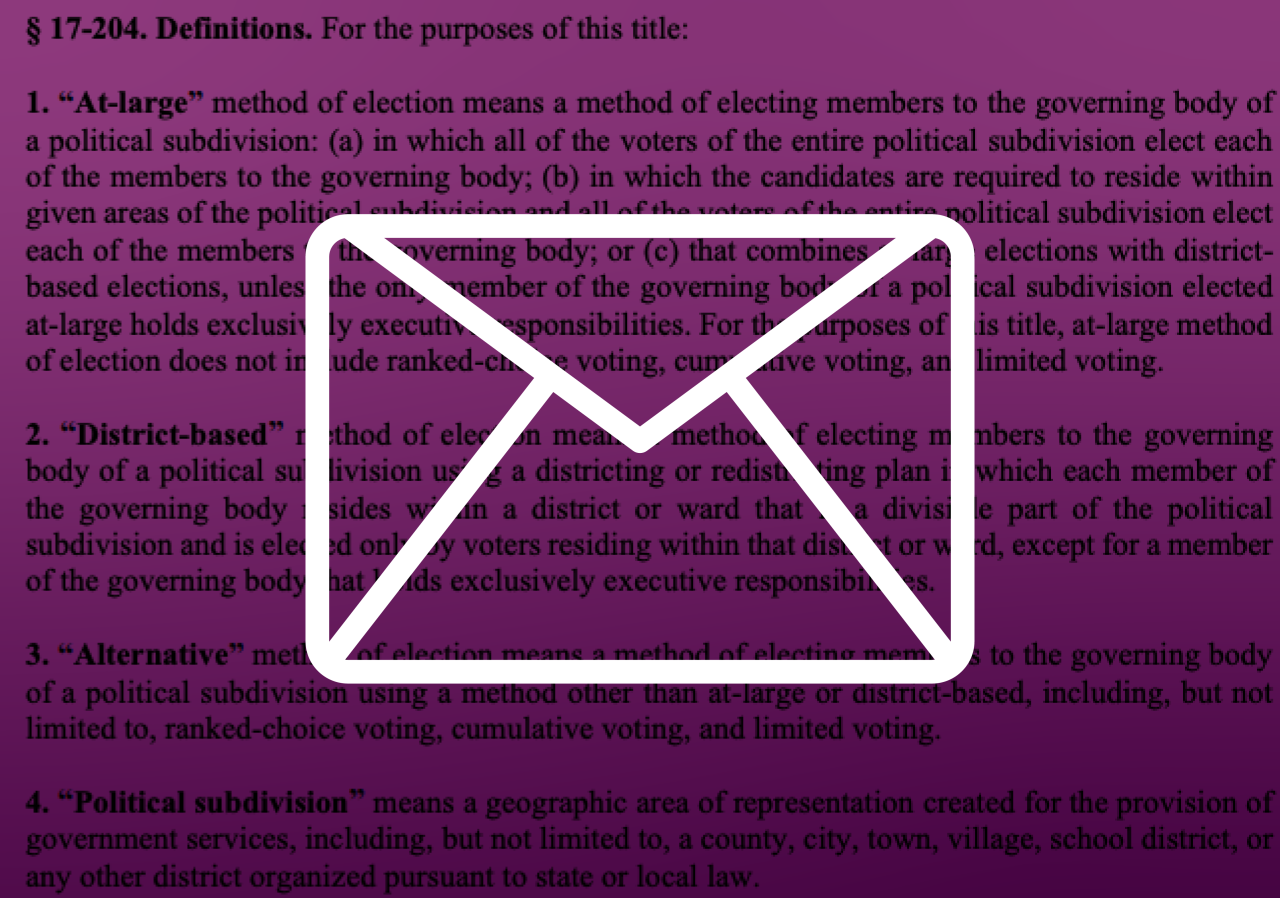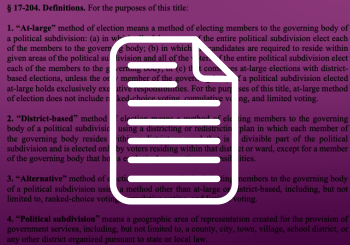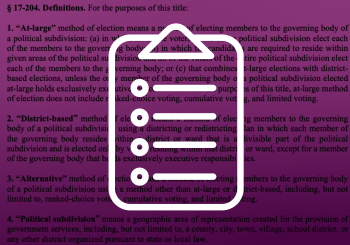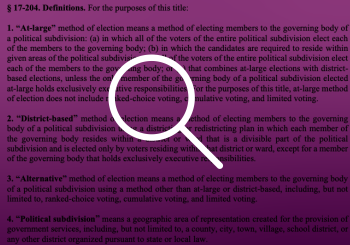New York Voting Rights Act
Voting in New York
The Office of the New York State Attorney General (OAG) promotes and protects the rights of all eligible New Yorkers to vote by investigating and addressing voting rights violations and by ensuring that all New York elections are run fairly and free from discrimination.
For more information about voting in New York state, visit our voting resources.
John R. Lewis Voting Rights Act of New York (NYVRA)
A state law enacted in 2022, the NYVRA (New York Election Law sections 17-200 through 17-222) strengthens the voting rights of all New Yorkers including historically marginalized and disenfranchised communities. The law requires OAG to play a role in enforcing these rights.
The NYVRA removes barriers and protects fair, open, and equal access to the ballot box for all eligible New Yorkers.
Under the NYVRA, certain jurisdictions that wish to make changes to their voting or elections procedures must have their changes reviewed and approved in advance (precleared) by OAG or a state court.
If you are an election official, legislative body, or other person or body that can make changes that affect elections or voting: You may have to request preclearance review if you plan to make certain changes on or after this date.
On December 19, 2023, the Office of the New York State Attorney General issued preliminary guidance, explaining the NYVRA preclearance process and preliminarily identifying the localities and changes that are subject to the preclearance requirement.
Read guidance: English | 中文 (Chinese) | 한국어(Korean) | Español (Spanish)
View received comments on the guidance.
How the NYVRA protects the right to vote
The NYVRA prohibits practices that harm the right to vote. These practices include:
- Voter suppression refers to laws and practices that make it harder for voters to cast their ballots. Literacy tests, for example, were used in the past to prevent people of color from voting. Today, practices to suppress votes include a lack of poll sites in communities of color.
- Vote dilution involves weakening or limiting the voting power of a group, often through the system used to elect representatives. The way electoral districts are drawn, or the rules used to conduct an election, can cause vote dilution.
- Voter intimidation occurs through the use or threat of force, damage, or other harm to affect a person’s vote or registration. This can occur before, during, or after an election.
- Voter deception involves giving people false information about voting or elections.
- Voter obstruction means interfering with voting, the counting of votes, access to a poll site or the election process generally.
Some local jurisdictions must expand support for voters with limited English proficiency. Expanding on requirements under federal law, this applies to any local jurisdiction in New York, for example, a county, city, town, village, or school district, that has a certain number of citizens at least 18 years of age who do not speak or understand English well enough to participate in elections. The locality must provide language assistance, such as translating ballots and voter-registration materials. This requirement begins on June 20, 2025.

Subscribe to updates
Subscribe to receive notifications of updates related to preclearance.



